Recommended reading from design leaders
Earlier this year as part of our Design for Business Impact event series, we hosted a dinner with design leaders from companies including Asana, Dropbox, Spotify, Airbnb, Casper, The Wing, Slack, Compass, and Flatiron Health, and asked them each to recommend a book. Here are their recommendations for you to enjoy over the holidays and new year.
Let My People Go Surfing
Yvone Chouinard

Let My People Go Surfing is an inspiring look at the outdoor gear company Patagonia, an organization that has shown the world that there is more than one way to operate a successful business. In the book, get to know the company’s history and its unique philosophy, find out about why Patagonia has some of the happiest employees around, and why people feel so good about buying its products.
The 15 Commitments of Conscious Leadership: A New Paradigm for Sustainable Success
Jim Denther and Diana Chapman
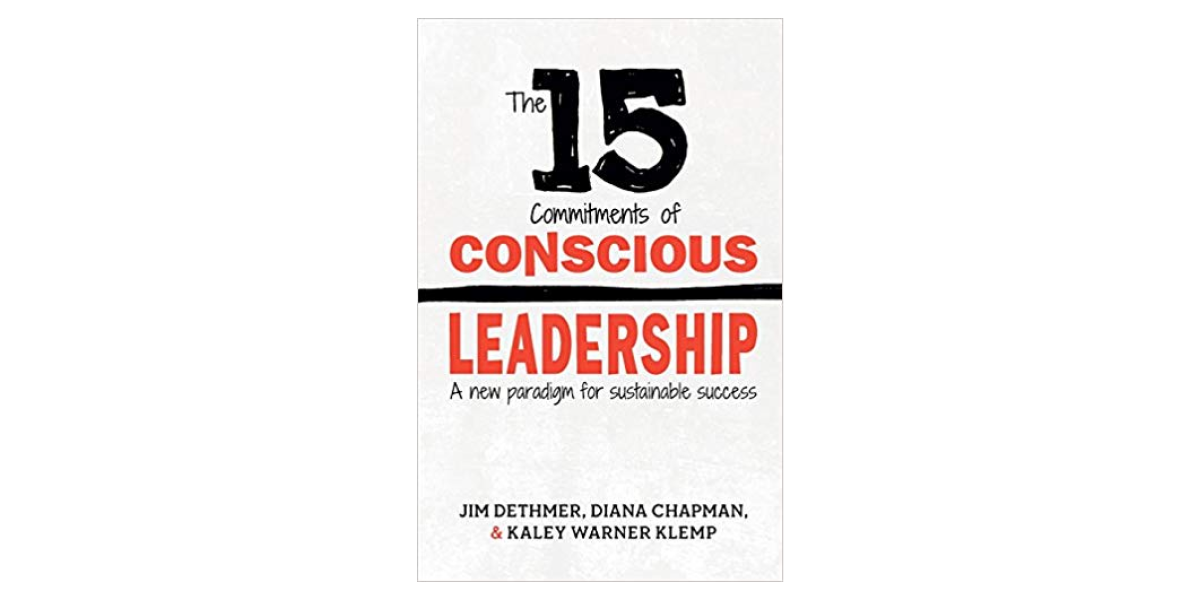
The 15 Commitments of Conscious Leadership teaches you how to become a conscious leader – a leader who inspires positive change, creates a great work atmosphere and builds close relationships in their personal life. Because leading is about a lot more than just giving orders.
Mismatch: How Inclusion Shapes Design
Kat Holmes

In Mismatch, Kat Holmes describes how design can lead to exclusion, and how design can also remedy exclusion. Inclusive design methods―designing objects with rather than for excluded users―can create elegant solutions that work well and benefit all.
Powerful: Building a Culture of Freedom & Responsibility
Patty McCord
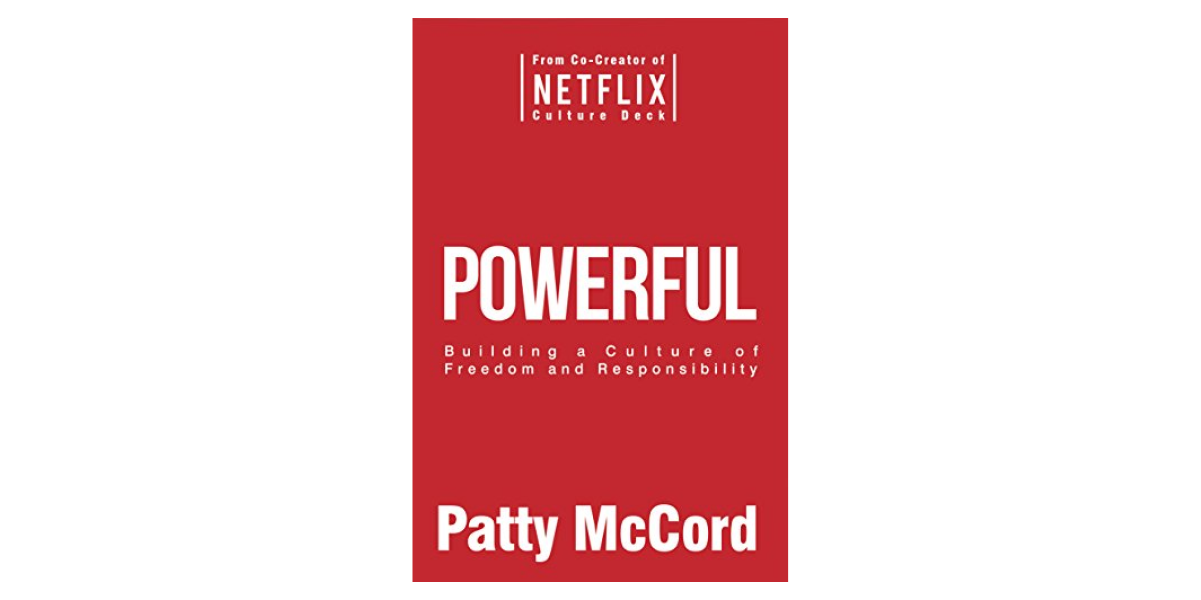
McCord advocates practicing radical honesty in the workplace, saying good-bye to employees who don’t fit the company’s emerging needs, and motivating with challenging work, not promises, perks, and bonus plans. McCord argues that the old standbys of corporate HR—annual performance reviews, retention plans, employee empowerment and engagement programs—often end up being a colossal waste of time and resources. Her advice, offered with humor and irreverence, outlines a different path for creating a culture of high performance and profitability.
On Leadership
Harvard Business Review
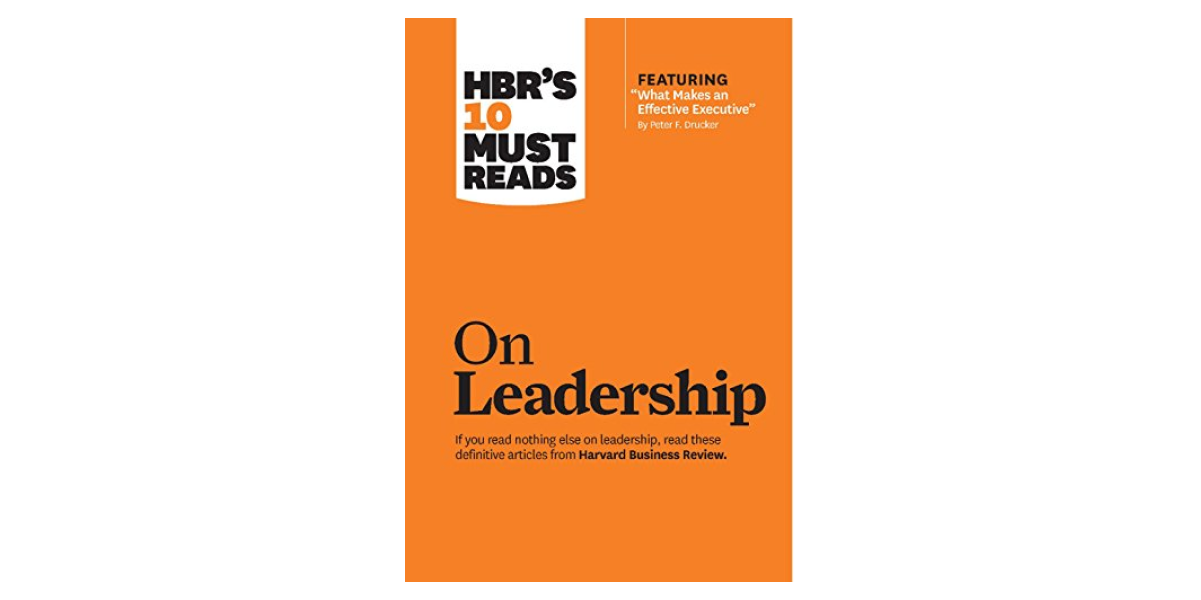
This collection of best-selling articles includes: featured article "What Makes an Effective Executive", "What Makes a Leader?" "What Leaders Really Do," "The Work of Leadership," "Why Should Anyone Be Led by You?" "Crucibles of Leadership," "Level 5 Leadership: The Triumph of Humility and Fierce Resolve," "Seven Transformations of Leadership," "Discovering Your Authentic Leadership," and "In Praise of the Incomplete Leader."
Lost and Founder: A Painfully Honest Field Guide to the Startup World
Rand Fishkin

Fishkin pulls back the curtain on tech startup mythology, exposing the ups and downs of startup life that most CEOs would rather keep secret; a minimally viable product can be destructive if you launch at the wrong moment, growth hacking may be a buzzword, but its initiatives can fizzle quickly, evenue and growth won't protect you from layoffs, and venture capital always comes with strings attached.
Lateral Thinking
Edward de Bono

De Bono argues that conventional vertical thinking often inhibits our ability to solve problems and come up with new ideas. He shows that lateral thinking is a far easier and more natural way to generate simple, sound and effective ideas and offers guidance on how to develop your own ability to think laterally.
Technically Wrong
Sara Wachter-Boettcher
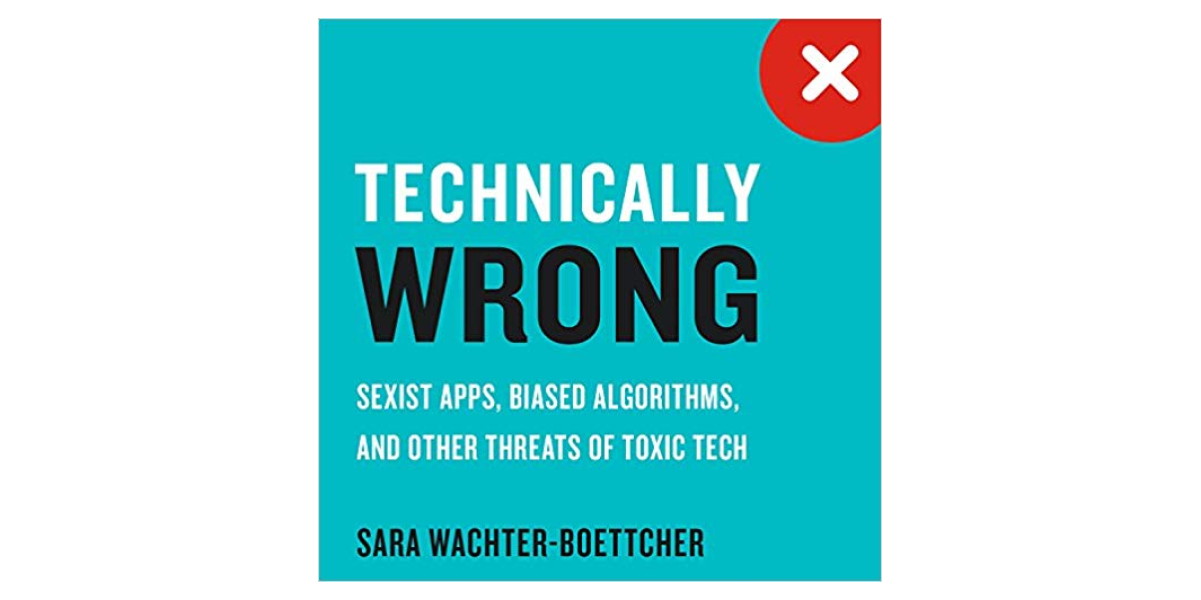
Buying groceries, tracking our health, finding a date: whatever we want to do, odds are that we can now do it online. But few of us realize just how many oversights, biases, and downright ethical nightmares are baked inside the tech products we use every day. In Technically Wrong, Sara Wachter-Boettcher demystifies the tech industry, better preparing those on the other side of the screen to make informed choices about the services we use — and to demand more from the companies behind them.
The Power of Habit
Charles Duhigg

In The Power of Habit, award-winning New York Times business reporter Charles Duhigg explores scientific discoveries that explain why habits exist and how they can be changed. With penetrating intelligence and an ability to distill vast amounts of information into engrossing narratives, Duhigg brings to life a whole new understanding of human nature and its potential for transformation.
Sapiens
Yuval Harari
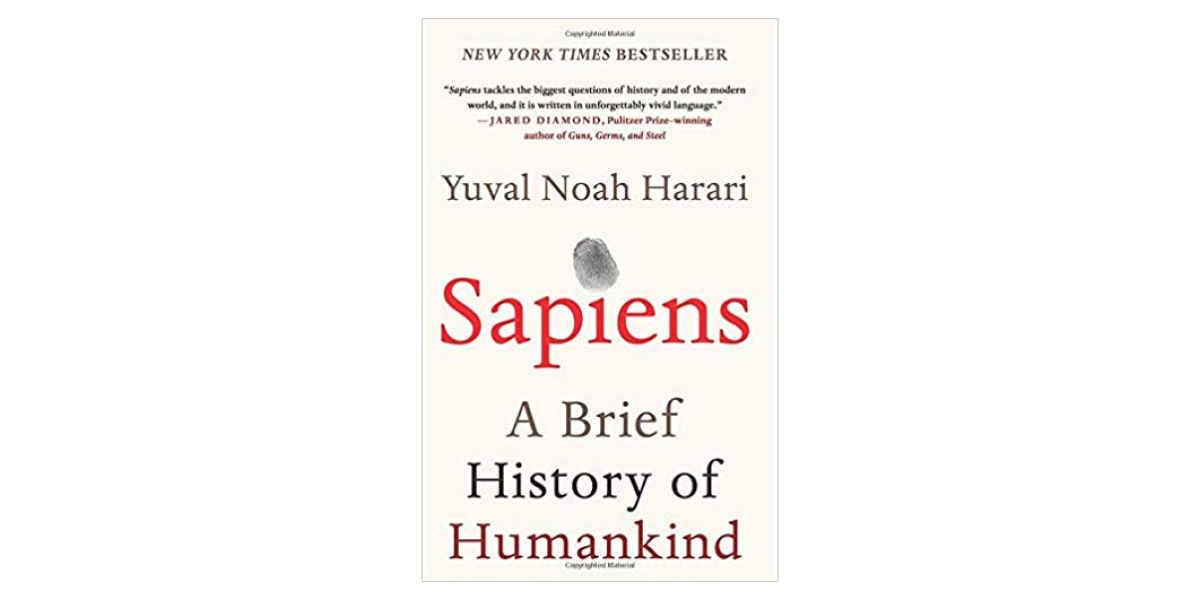
In Sapiens, Dr. Harari spans the whole of human history, from the first humans to walk the earth to the radical – and sometimes devastating – breakthroughs of the Cognitive, Agricultural and Scientific Revolutions. Drawing on insights from biology, anthropology, paleontology and economics, he explores how the currents of history have shaped our human societies, the animals and plants around us, and even our personalities.
Small is Beautiful: Economics as if People Mattered
E.F. Schumacher
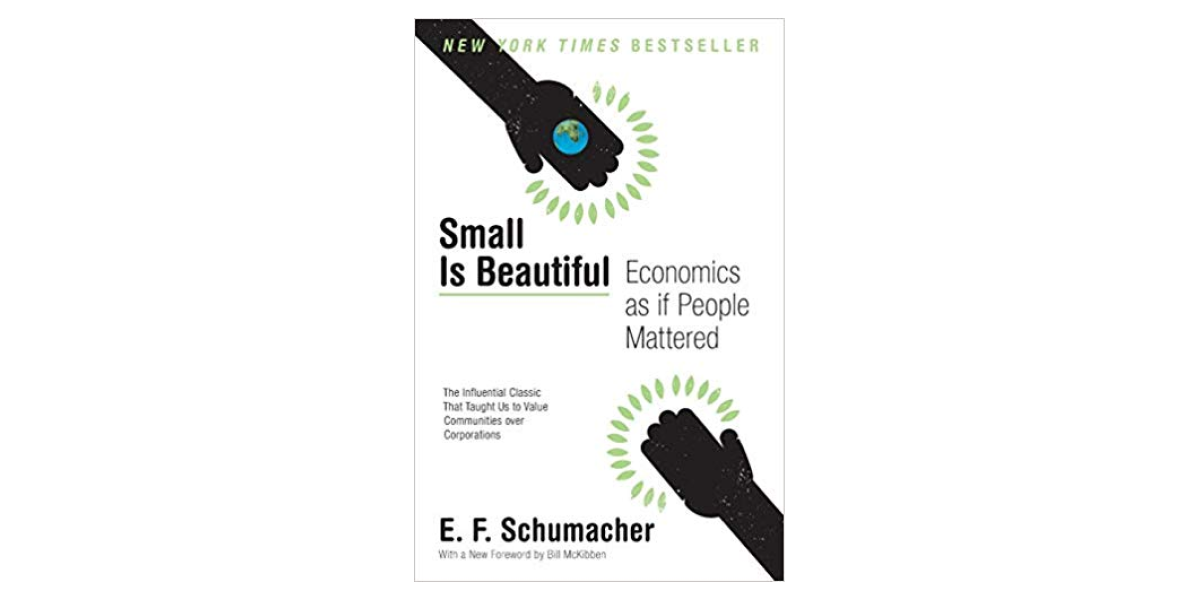
Small Is Beautiful is Oxford-trained economist E. F. Schumacher’scall for the end of excessive consumption. Schumacher inspired such movements as Buy Local and Fair Trade, while voicing strong opposition to casino capitalism and wasteful corporate behemoths. Small Is Beautiful presents logical arguments for building our economies around the needs of communities, not corporations.
Creative Quest
Questlove

In Creative Quest, Questlove addresses what it means to be creative, how to find a mentor and serve as an apprentice, the wisdom of maintaining a creative network, coping with critics and the foibles of success, and the specific pitfalls of contemporary culture.
The Timeless Way of Building
Christopher Alexander
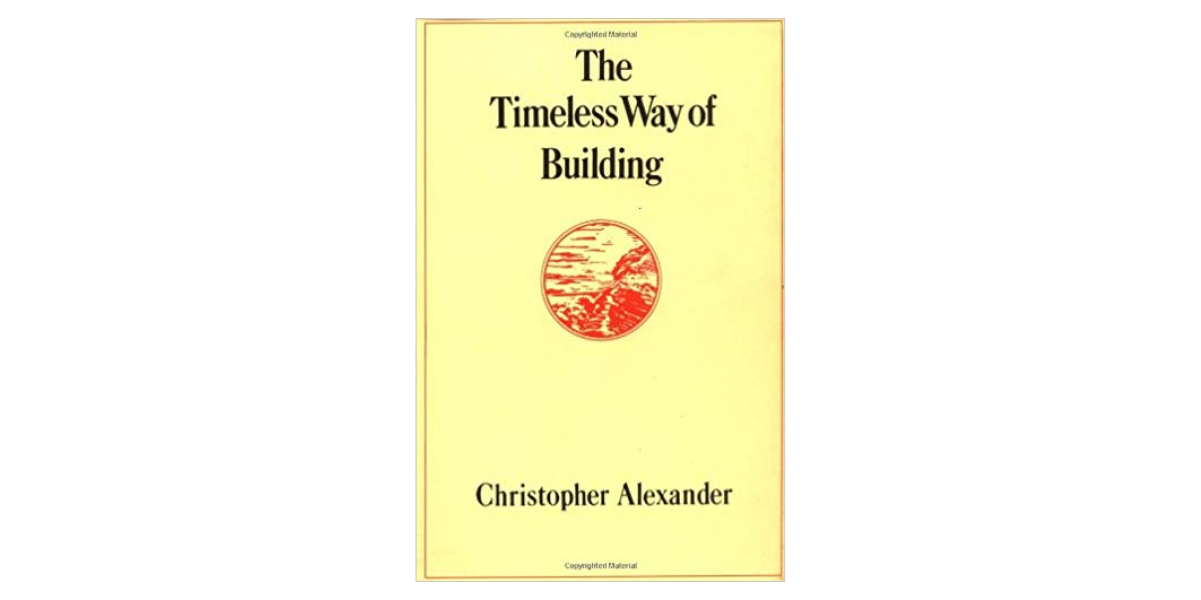
The Timeless Way of Building is the introductory volume in the Center for Environmental Structure series, Christopher Alexander presents in it a new theory of architecture, building, and planning which has at its core that age-old process by which the people of a society have always pulled the order of their world from their own being.
The Future of the Mind
Michio Kaku
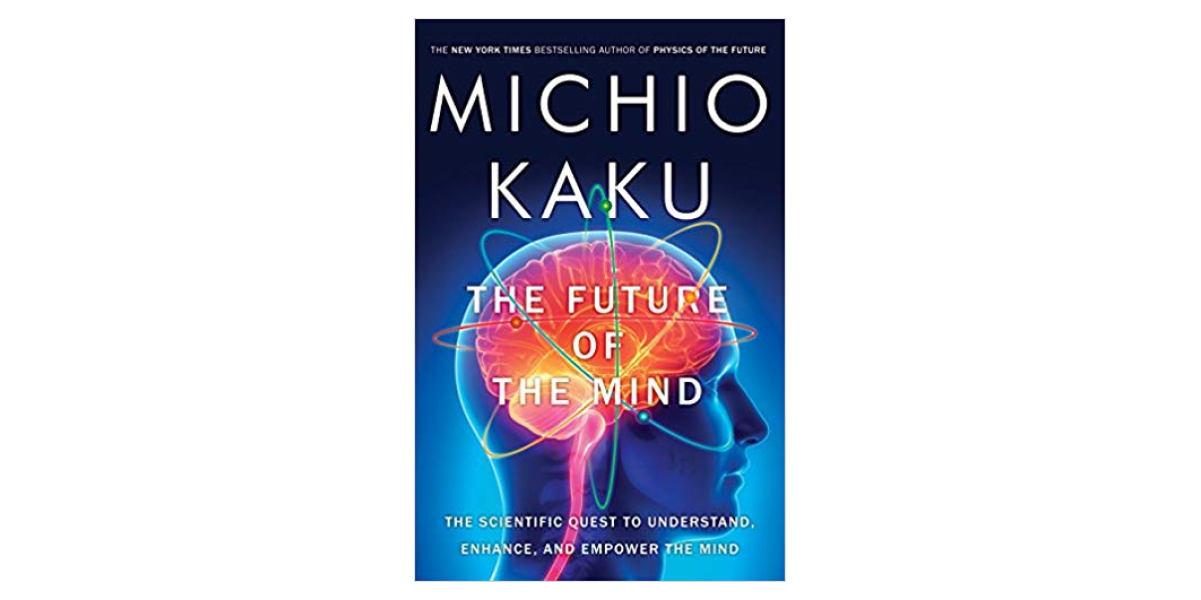
Dr. Kaku takes us on a tour of what the future might hold, giving us a solid sense of how the brain functions and how these technologies will change our daily lives. He presents a radically new way to think about "consciousness" and applies it to provide fresh insight into mental illness, artificial intelligence and alien consciousness.
Super Sad True Love Story
Gary Shteyngart

The stand alone novel on this list, Super Sad True Love Story envisions a dark tale of America’s dysfunctional coming years—and the timeless and tender feelings that just might bring us back from the brink.
The Diamond Cutter: The Buddha on Managing Your Business and Your Life
Michael Roach
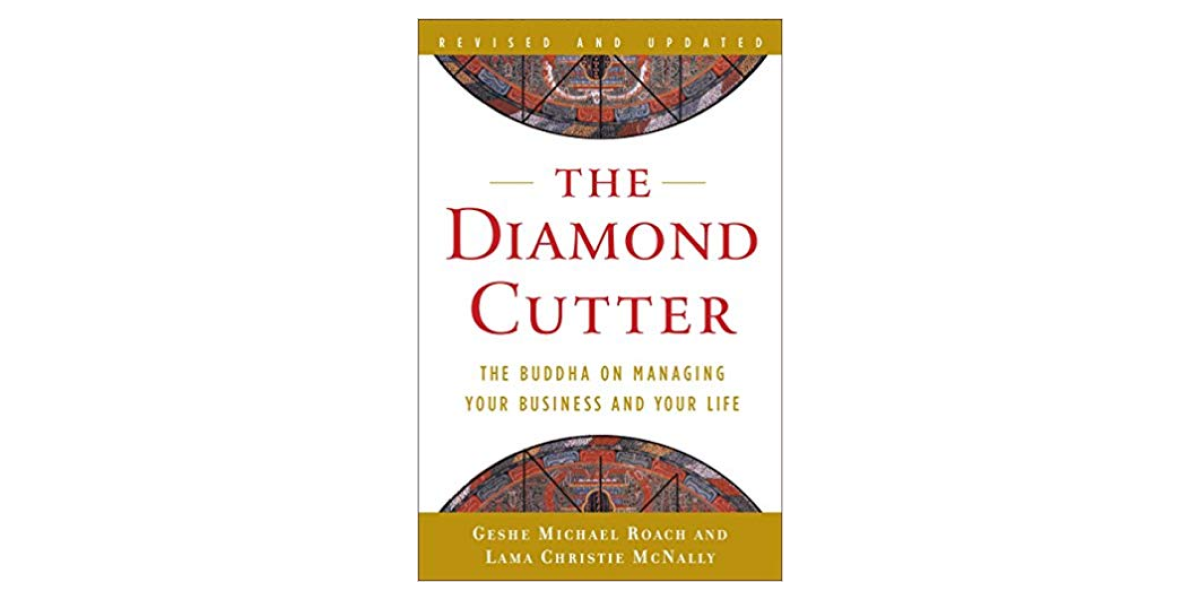
The Diamond Cutter presents readers with strategies for personal and professional success. The book is presented in three layers. First, a translation of The Diamond Sutra, an ancient text of conversations between the Buddha and his close disciple, Subhuti. The second contains quotes from some of the best commentaries in the Tibetan Buddhist tradition. And the third layer, the main text, is the practical application of Buddhist philosophies to the world of business.